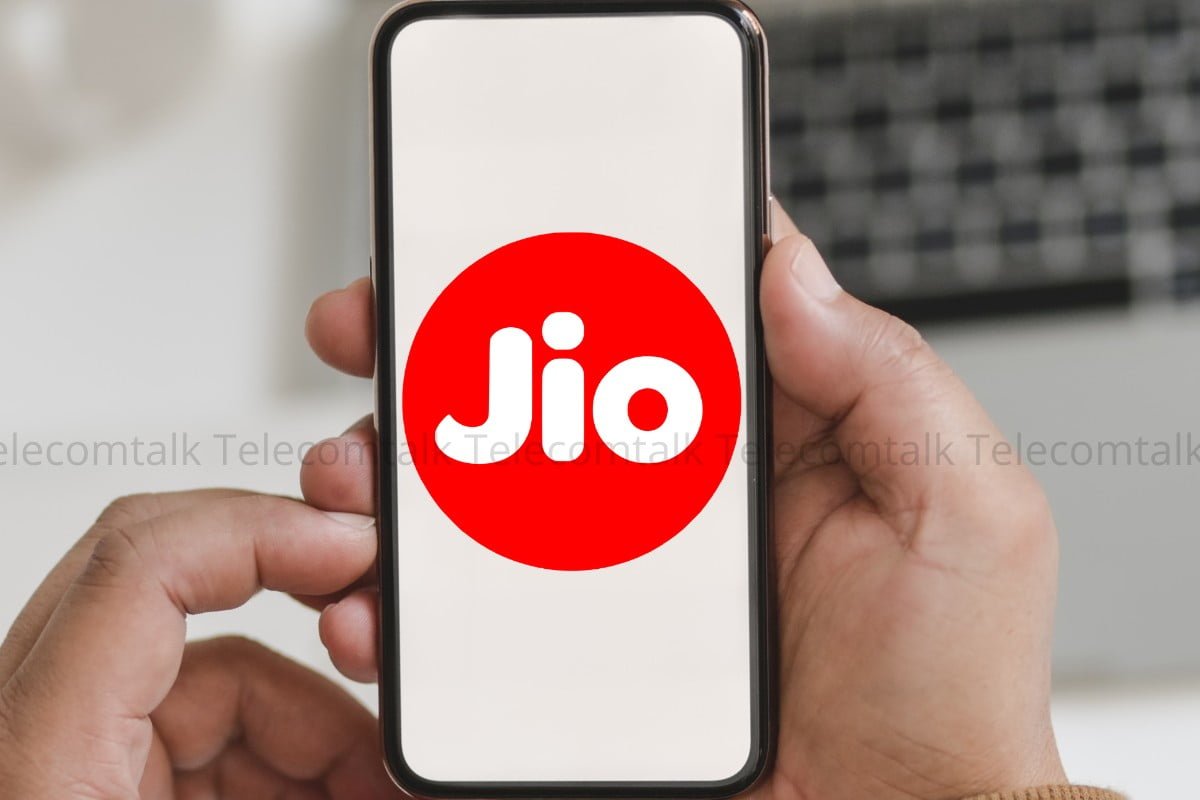Reliance Jio is India’s number one telecom operator because of the scale of users it has. This has primarily been possible because of lower tariffs and good quality services. While Jio is the king in the prepaid mobile segment, the telco is struggling quite badly in the postpaid segment. Despite offering lower tariffs than Airtel and Vodafone Idea, Jio has not even come close to having the kind of postpaid subscriber base that Airtel and Vi does. It is worth noting that postpaid user base contributes significantly to the overall revenues from mobile services. Postpaid users are generally very less in comparison to the prepaid users, but the average revenue per user (ARPU) from a postpaid subscriber is multiple times more than a prepaid subscriber. But it looks like pricing isn’t a very big differentiator in the postpaid segment like it is in the prepaid segment. The postpaid subscribers can be called premium customers and these customers aren’t necessarily looking for cheaper tariffis, but for excellent services. Despite having an excellent 4G network and cheaper postpaid tariffs, Jio couldn’t attract Indian customers to purchase postpaid services.
Airtel and Vi Postpaid Plans Start at More Expensive Price Point than Jio’s Plans
Jio’s postpaid plans start at Rs 199 while Airtel and Vi offer their entry-level postpaid plans for Rs 399 per month. Despite this, as per a report from CLSA, a capital markets investment group (via TheHinduBusinessLine), Jio has the poorest postpaid subscriber base amongst the private telecom operators in India. Jio’s postpaid user base stands between 1 to 5 million. In comparison, Airtel and Vi’s (Vodafone Idea) postpaid subscriber base stands at 18 million and 20 million. The numbers above reflect that Jio is not a very big player in the postpaid segment. Despite branding itself as the “premium” player in India, Airtel’s postpaid subscriber base stands short of Vi’s postpaid user base. It would be interesting to see whether Jio’s 5G SA networks and its marketing team would be able to turn things around for the company in the postpaid segment.
